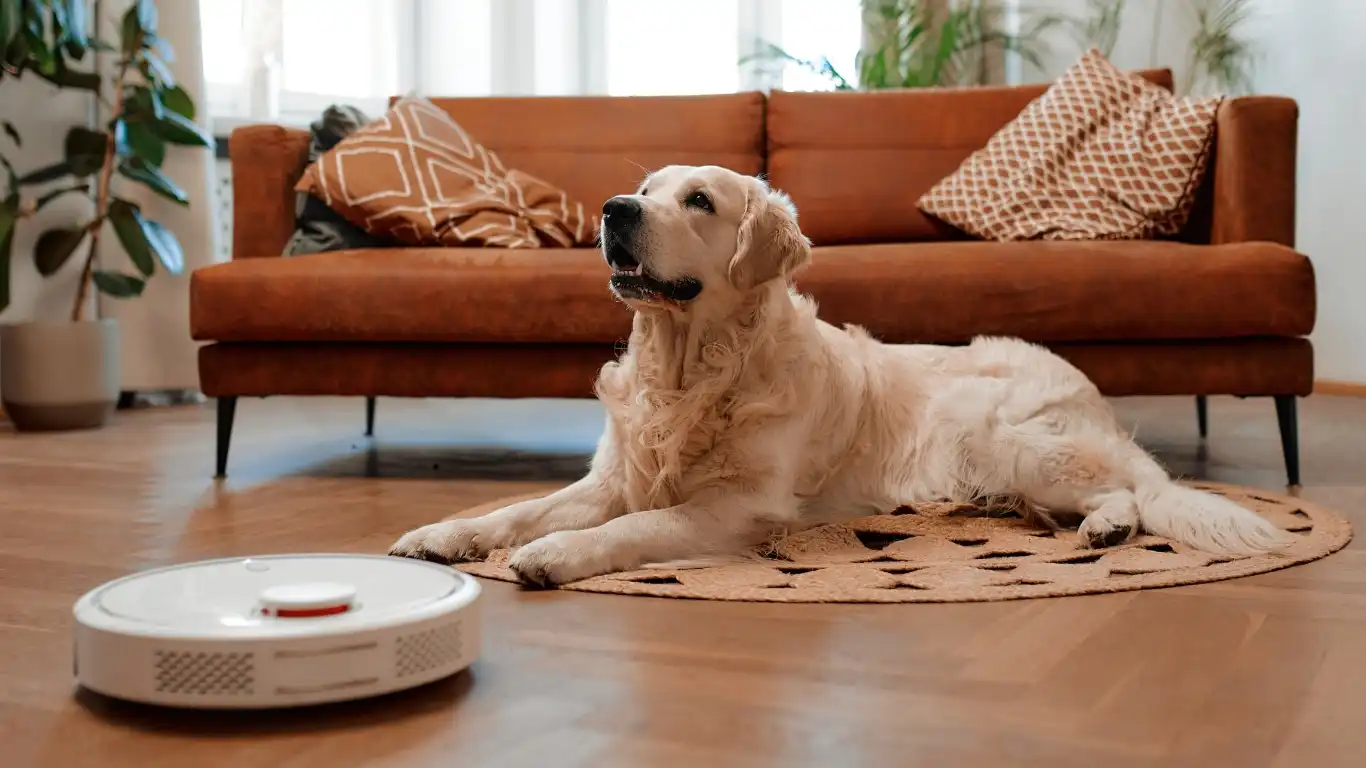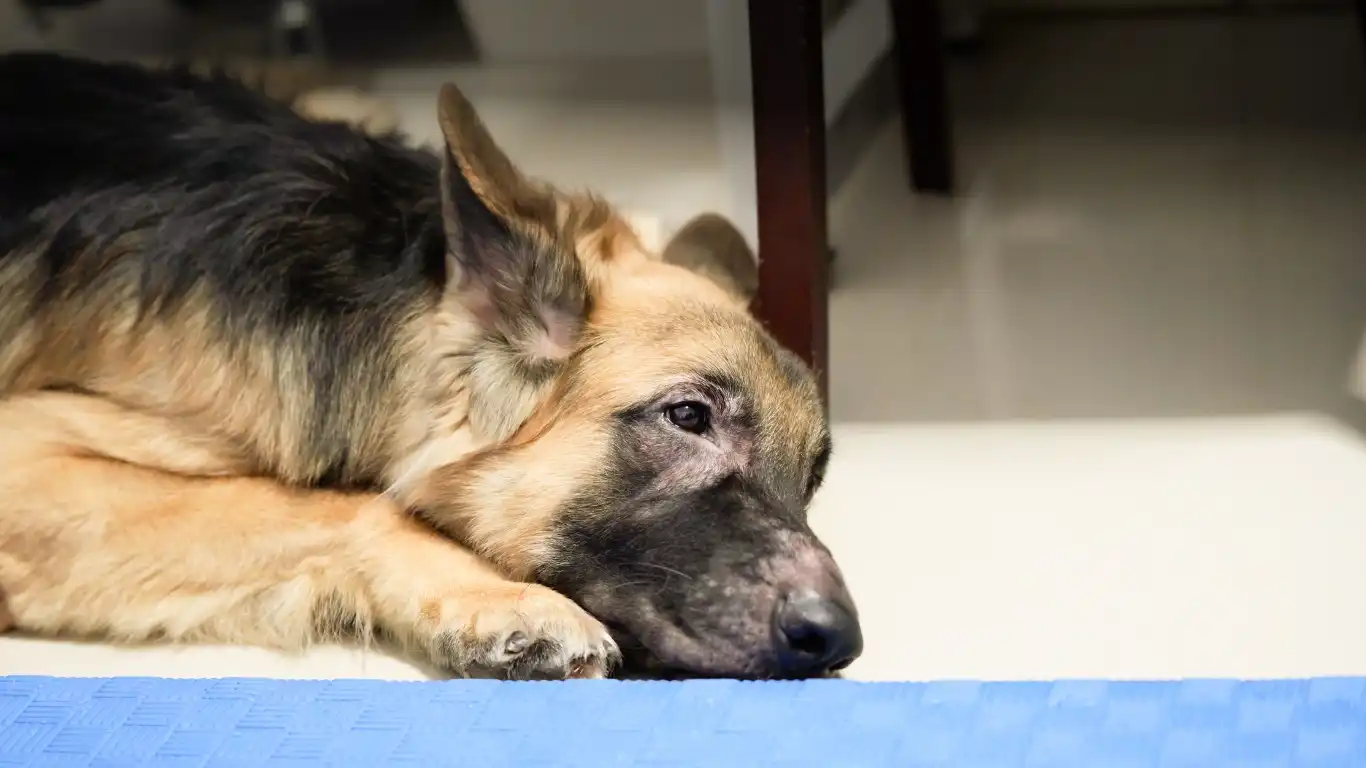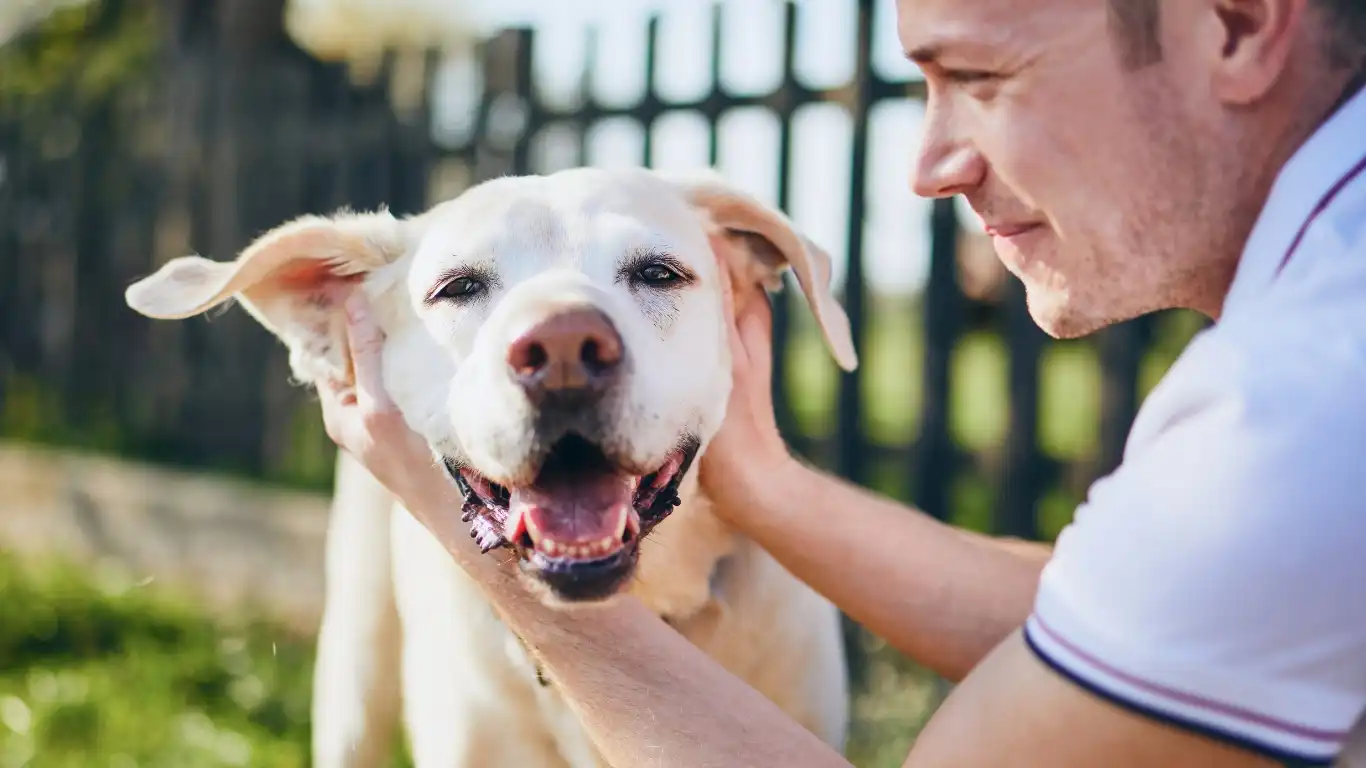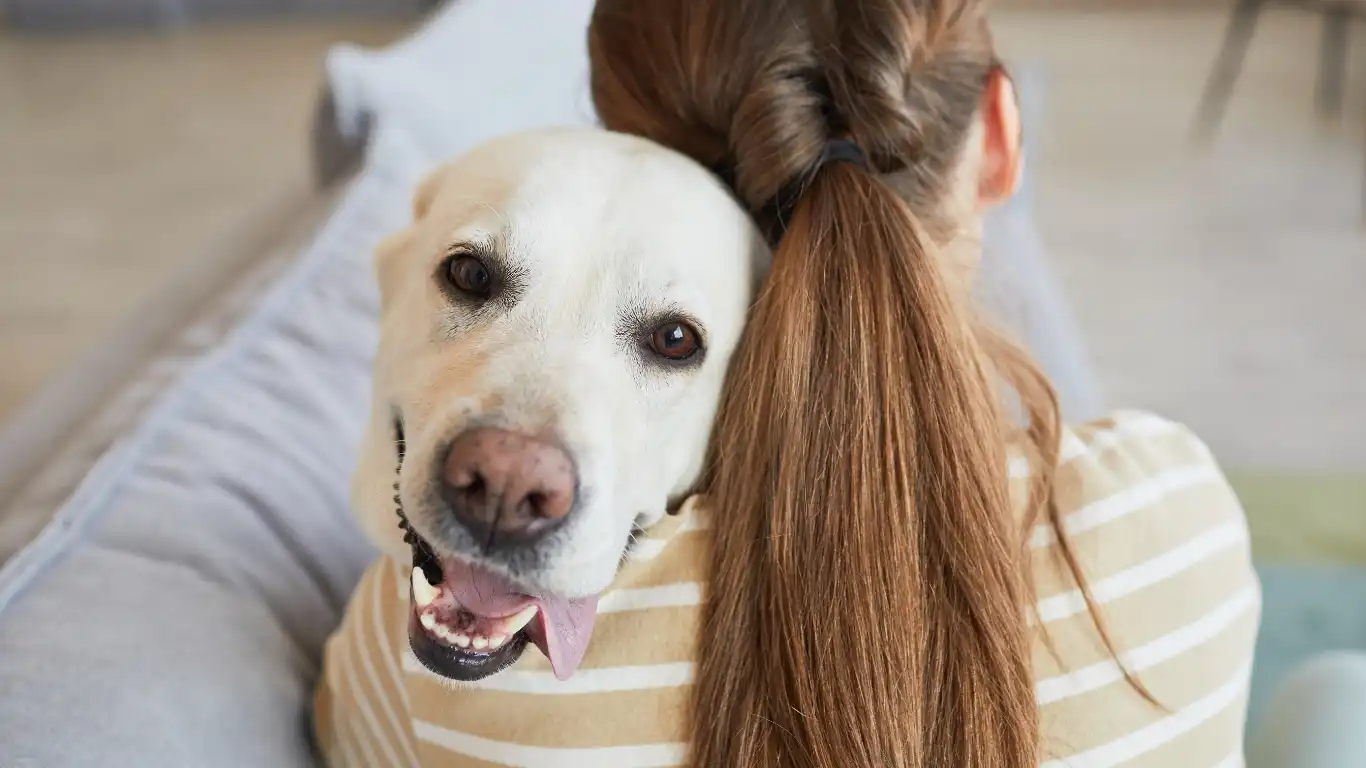Best Ways to Prevent Ear Infections in Dogs: Vet-Approved Tips
Let’s be honest—there’s nothing quite like the sound of a dog shaking their head repeatedly at 3 a.m., right? As a vet tech who’s been in the trenches with concerned pet parents and more ear swabs than I can count, I’ve seen how ear infections in dogs can sneak up and turn into a real headache (for both the pup and the person). So today, I’m diving into the best ways to prevent ear infections in dogs—something I get asked about almost weekly in the clinic. Whether you’re a new dog parent or a seasoned pro, preventing these pesky infections is totally doable with a little knowledge and a solid routine.
Why Are Dog Ear Infections So Common?

Here’s the thing—dog ears are kind of like the perfect storm for bacteria and yeast. Especially breeds with floppy ears (I’m looking at you, Cocker Spaniels and Labradors), their ear canals tend to trap moisture. Add in wax, dirt, and maybe a little water from last week’s bath or a romp in the lake, and bam—you’ve got an environment that bugs absolutely love.
In my day-to-day at the clinic, I’ve seen everything from mild cases of yeast overgrowth to full-blown bacterial infections that require months of treatment. The good news? Most of these could’ve been prevented with just a few tweaks in the dog’s routine. No judgment—we’re all learning, and I’ve even been there with my own pup, Max.
Common Causes You Might Not Realize

Sometimes it’s not just about dirty ears. Ear infections can be linked to a variety of sneaky causes, and if you’re not looking at the full picture, you might be missing the root issue.
1. Allergies—Yup, They’re a Big One
Food and environmental allergies are one of the most overlooked causes of chronic ear issues in dogs. I’ve had clients come in again and again for ear problems, only to discover their dog was reacting to chicken in their kibble. Once we adjusted their diet, the ear infections disappeared. Magic? Nope—just a little nutrition-based detective work.
2. Excess Moisture from Baths or Swimming
I get it—summer’s here, and your dog’s basically part dolphin. But moisture in the ears can be a breeding ground for bacteria. One of the easiest prevention tips I give? Dry those ears thoroughly after any water play. You’d be surprised how often this simple step gets skipped.
3. Improper Cleaning (Or Over-Cleaning!)
There’s a fine line between helpful and harmful when it comes to cleaning your dog’s ears. Too often I see ears that have been scrubbed raw with alcohol-based products or cotton swabs shoved down into the canal (please don’t do that!). When in doubt, ask your vet or tech for a quick tutorial—we love showing pet parents the right way to do it.
Best Ways to Prevent Ear Infections in Dogs

Alright, let’s get to the good stuff. Preventing ear infections doesn’t have to be complicated, and honestly, once you get into the habit, it becomes second nature. Here are the best ways to prevent ear infections in dogs that I personally swear by (and use with my clients).
1. Make Ear Checks Part of Your Weekly Routine
You don’t have to go full inspection mode every day, but a weekly ear check can catch early signs of redness, gunk, or that funky smell we all dread. Keep an eye out for head shaking or pawing at the ears—those are your pup’s way of waving a red flag.
2. Use a Vet-Approved Ear Cleaner (Not Just Any Store-Bought Stuff)
There are tons of ear cleaners out there, but not all of them are created equal. I always recommend using a vet-approved formula, especially one with drying agents if your dog loves water. And remember—no Q-tips. Just a cotton ball and gentle wipe-down around the outer ear canal.
3. Watch Their Diet (Nutrition Plays a Bigger Role Than You Think)
This one hits close to home for me as someone who specializes in nutrition. A balanced, anti-inflammatory diet can help reduce allergy-related infections. Omega-3s, limited ingredients, and even probiotic support can all work wonders. If your dog’s ears are constantly flaring up, it may be time to reassess what’s in their bowl.
4. Dry Those Ears After Every Bath or Swim
It sounds so simple, but it makes a massive difference. I keep a stash of clean microfiber towels just for Max. A gentle wipe inside and around the ears right after water exposure keeps moisture from sitting there and turning into a party for yeast and bacteria.
5. Know Your Breed’s Risk Factors
Some breeds are just more prone to ear problems. If your dog has floppy ears, a lot of hair in the ear canal, or a history of allergies, their ears will need a little more TLC. Groomers can help with ear hair plucking (in breeds where that’s safe), and regular vet visits can keep you ahead of the game.
6. Schedule Routine Vet Checks (Even When Things Seem Fine)
Your vet can spot subtle signs of irritation or infection before they become full-blown problems. Plus, if you’re ever unsure whether it’s wax or something more serious, we’re here to help. Prevention starts with knowledge—and as cheesy as it sounds, knowledge really is power when it comes to pet health.
- Check ears weekly for smell, redness, or discharge
- Clean properly—no poking deep into the ear canal
- Dry thoroughly after water exposure
- Feed a balanced diet to minimize inflammatory triggers
- Visit your vet regularly and keep a record of flare-ups
Signs Your Dog May Be Developing an Ear Infection

Let me just say—dogs aren’t exactly subtle when their ears start bothering them. But you’d be surprised how many pet parents miss the early signs because they’re just… well, dog things. A little ear shake here, a scratch there—seems harmless, right? Not always. Spotting those early red flags is one of the best ways to prevent ear infections in dogs from escalating into something messier (and way more expensive).
Watch for These Clues:
- Frequent head shaking—like, out-of-the-blue shaking for no clear reason
- Scratching at one ear or rubbing it along furniture, rugs, or even you
- Redness inside the ear flap—check with a flashlight or in good daylight
- That unmistakable “yeasty” smell—honestly, you’ll know it when you smell it
- Brown, yellow, or black gunk in the ear canal (clean ears shouldn’t look like that)
If you notice more than one of these signs? Yep, time to give your vet a ring. I’ve had clients wait until their dog’s shaking so much they can’t sleep, only to find out it’s a full-blown infection needing both drops and oral meds. The earlier we catch it, the easier it is to treat—and the less your pup has to suffer.
What NOT to Do When You Suspect an Ear Issue

Okay, let’s talk about some common well-meaning mistakes I’ve seen people make (and yes, I’ve gently corrected a few of my own family members on this too). If your dog’s ears look a little off, I get it—you want to help. But before you go into full DIY mode, here’s what to avoid:
- No cotton swabs. Seriously. Just no. They push debris deeper and risk damage.
- Don’t start using leftover meds. I know it’s tempting if you have ear drops from a previous infection, but unless it’s diagnosed, you could be treating the wrong thing.
- Avoid home remedies like vinegar or hydrogen peroxide. These can seriously irritate an already inflamed ear and make the situation worse.
- Don’t assume it’s just wax or dirt. Sometimes, it’s way more than that, and ignoring it can lead to chronic infections or even hearing loss.
My go-to advice? Clean gently with a vet-approved solution only if the ear isn’t red, painful, or full of discharge. Otherwise, it’s best to have it looked at by a professional. Trust me—your dog will thank you.
How Grooming and Ear Care Go Hand in Hand

Now, if you’ve got a Poodle, Doodle, Schnauzer, or basically any dog with hair that grows inside the ear canal, you’ll want to read this part twice. Grooming isn’t just about keeping your pup Instagram-ready—when done right, it plays a huge role in ear health.
To Pluck or Not to Pluck?
This is one of the most hotly debated topics among pet pros. Some vets and groomers are totally for it, while others say plucking can irritate the canal. Personally? I think it depends on the dog. If a dog’s ears stay clean and problem-free with hair, leave it. But if there’s chronic buildup or recurring infections, gentle plucking (done by a groomer or vet) can help airflow and reduce blockage.
Always communicate with your groomer about your dog’s ear history. I’ve seen groomers work wonders when they know what to watch for—some even apply a gentle drying powder after plucking to help keep things in check.
Bath Time Tips
- Use cotton balls in the ears (lightly placed) to block water during baths
- Dry thoroughly with a towel and let ears air out before bedtime
- Don’t spray directly into the ear area—use a damp cloth instead
Also, don’t be afraid to ask your groomer how your dog’s ears looked during the visit. A quick comment like, “Her right ear had a bit more wax than usual,” can be gold in early detection.
When to Involve Your Vet (and What to Expect)

You don’t have to wait until things get gnarly to call your vet. In fact, I love when clients reach out early with a “Hey, something seems off—can I bring them in?” Nine times out of ten, we catch the problem early and avoid a full-blown infection.
What We Typically Do:
- Visual exam—we check for inflammation, discharge, or any visible damage
- Ear swab + cytology—this helps us ID whether it’s yeast, bacteria, or both (yes, both happens more often than you’d think)
- Cleaning (if it’s safe)—we’ll flush the ears gently with the right solution
- Medications—usually topical drops, but sometimes oral meds if it’s bad
I always make sure to show pet parents how to apply ear meds correctly—because trust me, it’s not as intuitive as it seems. And I’ll say this again: finish the entire course of meds, even if the ear looks better by day three. Stopping too soon is one of the top reasons infections come back stronger.
Chronic Cases? Let’s Dig Deeper
If your dog’s had more than two or three infections in a year, it’s time to look deeper. That’s when we start considering things like:
- Underlying allergies (food, seasonal, or environmental)
- Autoimmune issues
- Breed-specific anatomy problems
- Hormonal imbalances or thyroid issues
We might recommend allergy testing, food trials, or even dermatology referrals. It’s not about being alarmist—it’s about solving the root cause so your dog can live ear-problem free.
Daily Habits That Keep Ear Infections at Bay

Alright, let’s bring it all home. Preventing ear infections isn’t just about reacting when something’s wrong—it’s really about the everyday habits that keep your pup’s ears healthy in the first place. I always tell my clients that small routines, done consistently, go a long way in keeping their dogs out of the vet’s office (and their ears stink-free).
Here’s What I Recommend to All My Clients:
- Weekly ear checks—get in the habit of peeking inside your dog’s ears during snuggle time. It helps you catch changes early.
- Use a vet-recommended cleaner—especially after swimming or baths. I love ones with drying agents for dogs who are water-lovers.
- Keep ear hair in check—especially in breeds prone to trapping moisture like Poodles, Shih Tzus, and Bichons.
- Wipe outer ear flaps with a damp cloth regularly to remove dirt, pollen, and dust buildup.
- Feed a quality diet—yep, nutrition shows up everywhere. Allergies often show up as recurring ear infections, and better food can make a world of difference.
One of my favorite little tricks? I keep a small bottle of ear cleaner near where I store my dog’s treats. That way, I can sneak in a quick clean while they’re distracted. Make it positive, low-stress, and rewarding, and you’ll both benefit.
Breed-Specific Considerations: Not All Ears Are Created Equal

Let’s face it—some breeds just got the short end of the stick when it comes to ear health. I see it all the time. Those adorable floppy ears we love so much? They’re basically warm, dark caves for bacteria and yeast to throw a party.
Here’s a quick rundown of ear-risky breeds and what to watch for:
- Cocker Spaniels & Basset Hounds: Super long ears + tight canals = frequent flare-ups. Stay vigilant and clean weekly.
- Labradors & Goldens: Love water, hate dry ears. Always dry them thoroughly after swims or baths.
- Frenchies & Bulldogs: Short canals and poor airflow. Use a vet-safe cleaner 1–2x per week, even if things seem “fine.”
- Standard Poodles & Doodles: Hair + narrow canals = high risk. Don’t skip grooming appointments!
Even if your dog’s not on the “usual suspect” list, genetics and lifestyle play a huge role. I once had a Chihuahua patient who hiked weekly with her owner—and we figured out that all the dry trail dust was triggering her flare-ups. A quick wipe-down after every hike and switching to a hydrating ear rinse did wonders.
Natural Support & Supplements for Ear Health
While nothing replaces medical treatment or proper cleaning, there are a few natural options I sometimes recommend as part of a broader prevention plan—especially for pups who seem prone to recurring issues.
My Go-To Ear-Supporting Add-Ons:
- Omega-3 fatty acids: Helps reduce inflammation throughout the body, including the ears. Great for allergy-prone dogs too.
- Probiotics: Maintaining a healthy gut can support a balanced immune system. And yes, that includes ears!
- Apple cider vinegar (diluted!): Some pet parents use this topically or in food, but always ask your vet first—it’s not for every pup.
- Allergy-specific diets: Especially if your vet suspects food sensitivities are a trigger.
Remember, supplements should always be introduced with guidance. I’ve seen overzealous pet parents accidentally make things worse by mixing too many natural remedies at once. One change at a time is the way to go.
Staying Proactive: Your Dog’s Ears Deserve a Plan
At the end of the day, being proactive is the name of the game. When pet parents ask me what’s the single best way to prevent ear infections in dogs, I say this: get to know your dog’s normal. Know how their ears usually look, smell, and react to changes. That way, you’ll spot issues early—before they spiral.
And hey, I get it. Life’s busy. But a quick ear check during TV time or while they’re getting belly rubs? That’s doable. And way easier than dealing with antibiotics, follow-up visits, and a stressed-out dog later.
References
Disclaimer
The content in this article is based on my personal experience as a certified veterinary technician with a focus in nutrition, combined with reputable sources and clinical guidelines. However, it is not a substitute for professional veterinary advice. Always consult with your veterinarian before starting any new treatment, supplement, or change in your dog’s healthcare routine.





